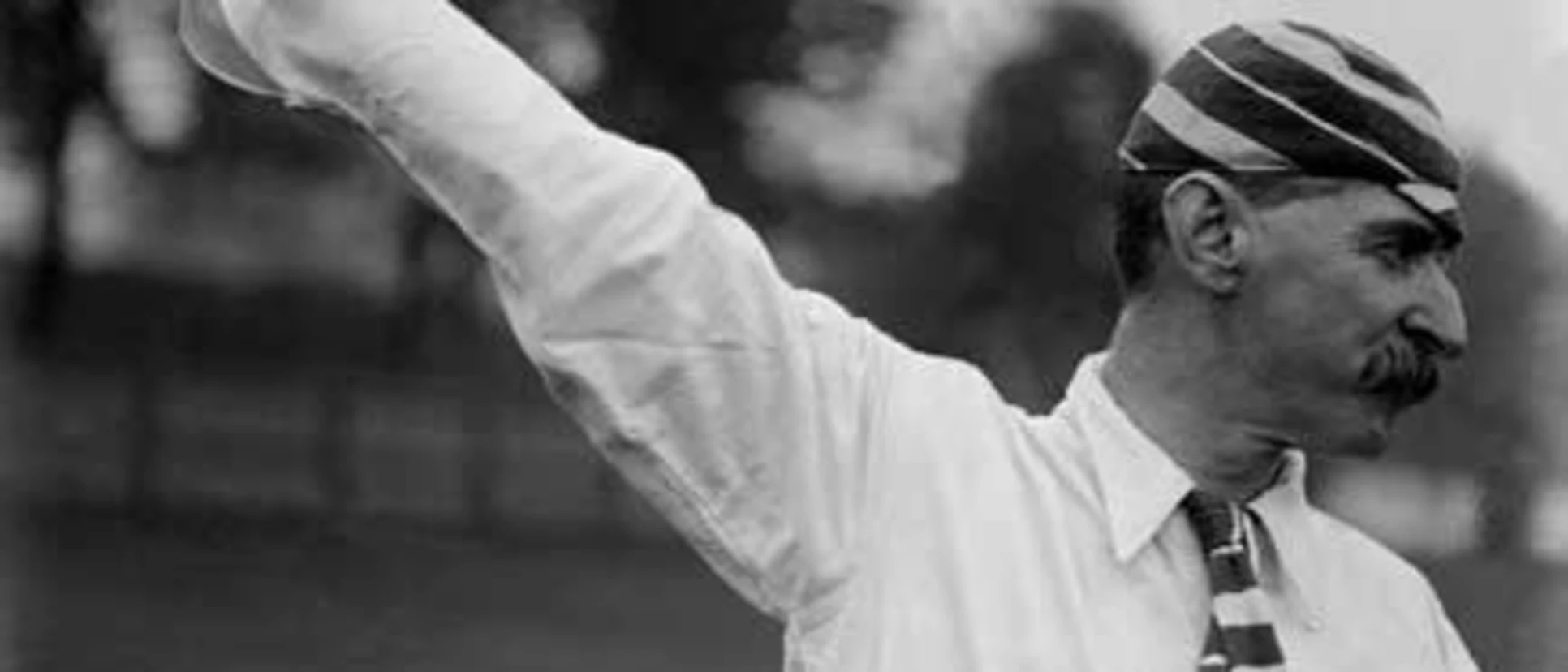Tracing the origins of the hat-trick

On the day cricket's first-ever bowler to take a Test hat-trick, Fred Spofforth, was inducted into the ICC Hall Of Fame, have you ever wondered where the term originates from?
"Well generally it is ascribed to a man called HH Stephenson who is a Surrey professional cricketer of 1850s and 60s. He took three wickets in three balls. No one is actually quite sure whether he was given a hat or whether he was given money with which he bought a hat because the tradition at the time was for a collection at the end of a game for a distinguished contribution - a whip around to buy someone a purse who had scored a hundred or taken catches. So in a sense hat-trick was a derivation of that old custom which in some cases it still stands. In a Lancashire league game if a professional performs particularly well the audience will get together and make him a gratuity," recalled cricket historian Gideon Haigh.
But Test cricket's first hat-trick came much later with Australia's Spofforth who claimed this feat against England.
"Interestingly, it was the first time the phrase hat-trick was ever used in print was for Fred Spofforth when he took a hat-trick in 1879. It appeared in Sportsman newspaper in Sydney. So in a sense Spofforth is the forefather of this idea of a most extraordinary of cricket feats because particularly at Test levels when you face players of higher standards, a hat-trick is tremendous. To get three batsmen out in consecutive deliveries, well it simply shouldn't happen particularly in this professional day and age. But when it does there is something so incredibly dramatic even about the ceremony of going for a third wicket that's quite spell binding. It is unusual that it took a long time for me to see my first hat-trick. But then they seem to come in hell of a rush," said Haigh.
According to Haigh the concept of hat-tricks has grown in recent years because the ability of the bowlers has increased.
"The interesting thing is that one of the factors in the rise of hat-tricks recently has been development of reverse swing. The fact that the ball can misbehave at any stage of the innings means the probability has grown. So you often have the ball suddenly behaving in an unusual fashion. A classic example of that was Darren Gough's hat-trick at Sydney in 1999 where the ball had done nothing all day. All of a sudden in the 75th over began to swing sharply and he bowled three consecutive terrific inswingers and got three wickets. So that ability that players can demonstrate to suddenly overwhelm the conditions to produce a marked departure from what has gone before is a really interesting recent development. "
Over the years there have been some unique hat-tricks and Haigh recalled one of them instantly.
"The classic one that I always remember is Merv Hughes' hat-trick in Perth in 1988 when he dismissed Greenidge off the first ball of the second innings. He almost never realised that he was on a hat-trick. That does occasionally happen when the bowler himself is not aware of it at the time or even the umpires or even the commentators. That's always a fun incident. It is interesting that concept has evolved-that understanding of hat-trick. I am not sure where that's from that the hat-trick can be spread over different innings. It cannot be spread though over different matches because sometimes the player will take two wickets off the last ball of one game and a wicket with the first ball of the next game. That is not actually considered a hat-trick," said Haigh.
According to Haigh, the term hat-trick has been cricket's gift to every other walk of life because it is used in every sphere.
"Perhaps it has been one of those phenomenons that always needed a phrase to express it. It was subsequently taken up by many sports. The most classic one is three goals in a game which is rarest of all footballing feats. But even a politician who wins three elections in a row is said to have achieved a hat-trick and a business which has achieved three successful results in a draw is said to have done a hat-trick. It is remarkable that it should all have come from the feat of HH Stephenson in 1858. It is one of those ways in which cricket has insinuated itself in the wider culture almost without us being aware of it," informed Haigh.
Of the other leading sportspersons Haigh believes that it is a more likely feat in endurance sport than in football.
"I guess football is the one that obviously stands out. Although in the case of football a hat-trick there is even rarer than it is in cricket. It is quite a freakish circumstance. I suspect that Bobby Charlton would be the guy who has introduced the phrase to English first division football. But I think people who have created successful endurance feats are also said to have achieved three consecutive remarkable occurrences. They have come to be recognised as perpetrators of the same phenomenon," said Haigh.